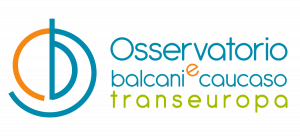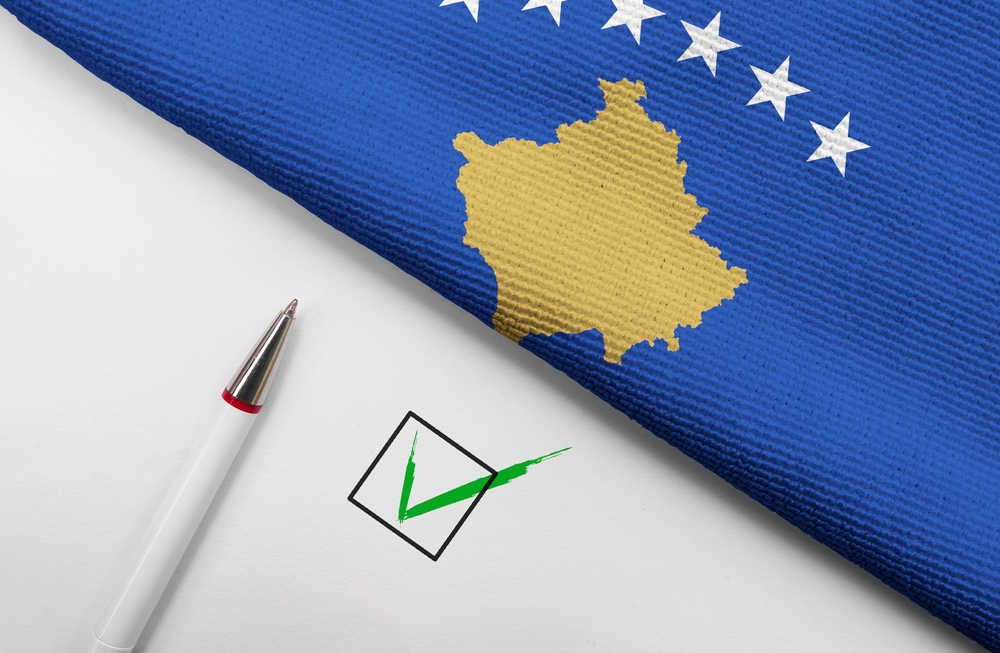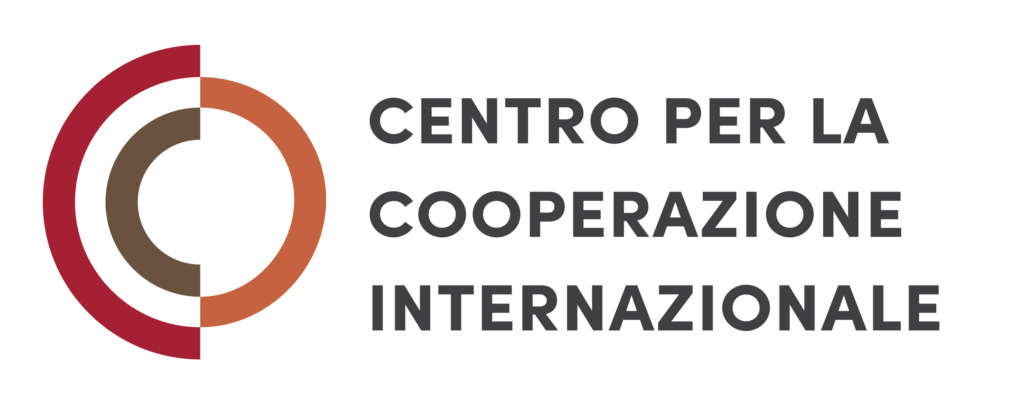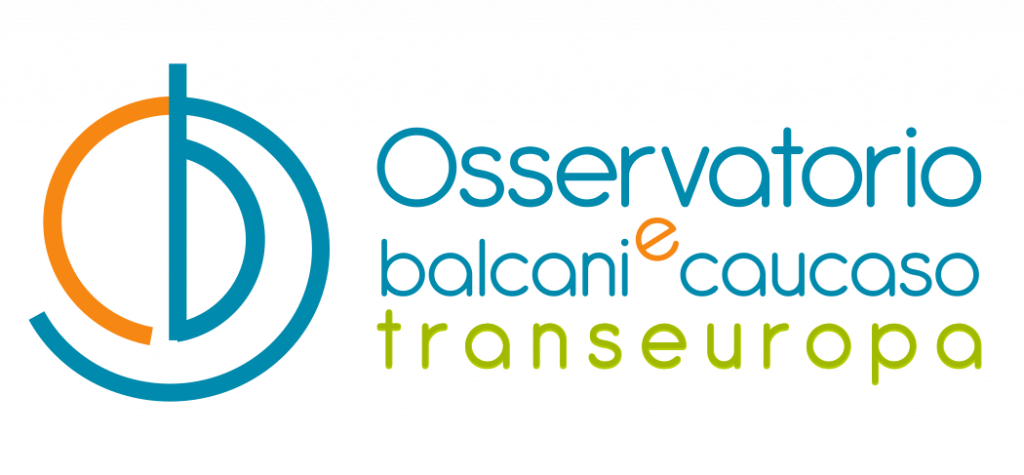|
Cohesion funds in Bulgaria in 2014-2020
Between 2014 and 2020, Bulgaria received around 4 billion Euros from the European Union for regional and social development projects. An overview of the data
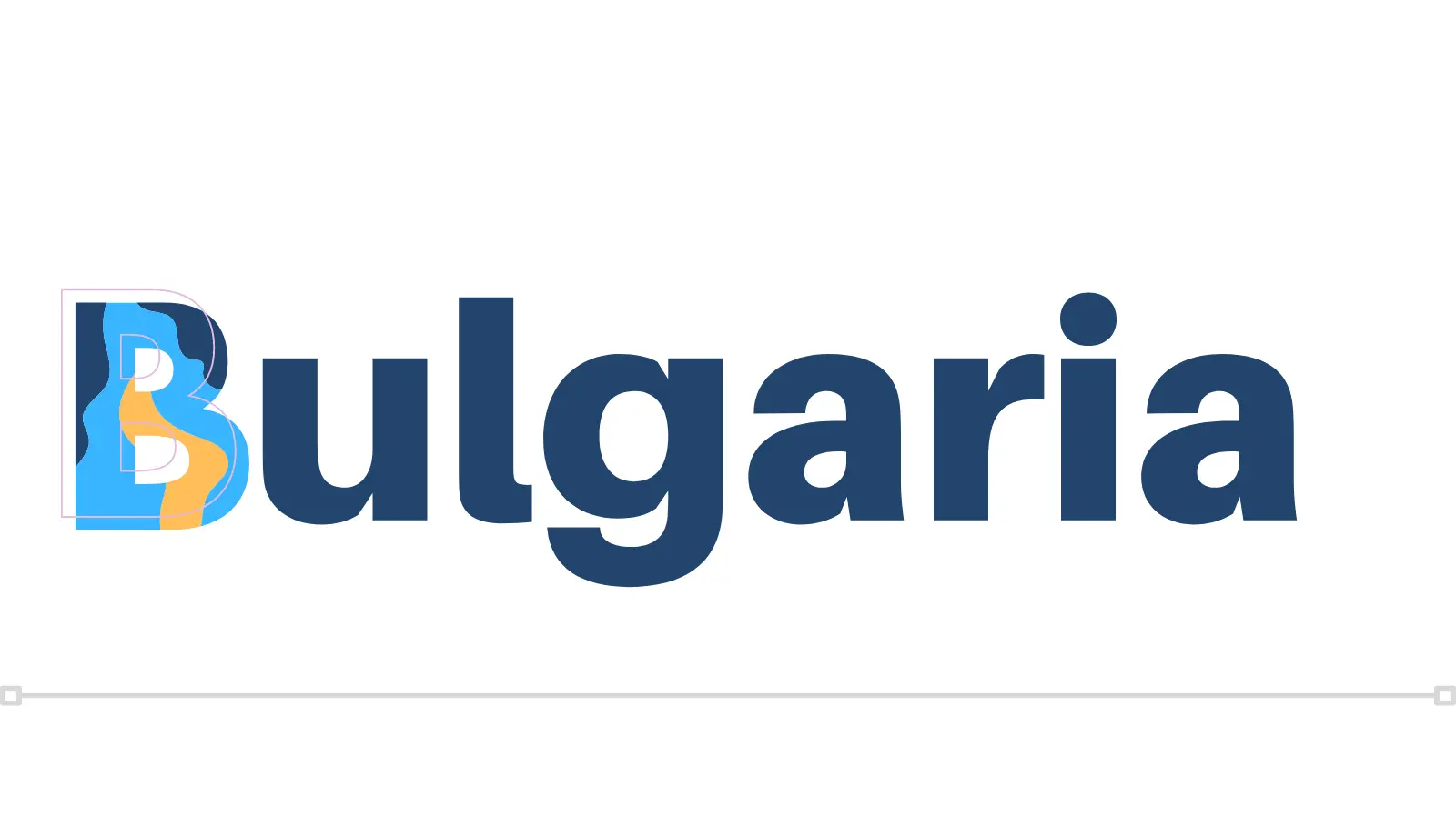
I-fondi-di-coesione-in-Bulgaria-nel-periodo-2014-2020
Bulgaria
In the period 2014-2020, the European Union actually disbursed 3.98 billion Euros to Bulgaria as part of its cohesion policy – the strategy by which the EU promotes balanced and sustainable territorial development, so as to reduce the gap between the different regions of Europe.
About one third of the total EU budget is allocated to cohesion policy, so much so that in the 2014-2020 budget period, 351.8 billion Euros were allocated to all 28 member states. These resources have funded hundreds of thousands of projects across Europe, implemented through the European Regional Development Fund (ERDF ), the European Social Fund (ESF ), the Cohesion Fund (CF ), and the Youth Employment Initiative (YEI ). Additional funds go to INTERREG programmes, which aim to encourage cooperation between regions belonging to different states. Appropriate national and regional operational programmes define the priorities and activities with which to exploit the available resources.
Cohesion policy allocations depend on the level of development of each region: less developed regions – those where GDP per capita is less than 75% of the EU average – receive proportionately much more funds than regions considered to be in transition or more developed – in Bulgaria all regions belong to the “less developed” category except the region where capital Sofia is located, which is considered in transition.
The priorities of the cohesion funds in Bulgaria
Of the roughly 4 billion Euros Bulgaria received in the 2014-2020 budget period, more than half was from the European Regional Development Fund.
The thematic priority which was allocated the largest part of the cohesion funds in Bulgaria (about a quarter of the total resources) is "Multiple Thematic Objectives", i.e. projects that deal with several themes and therefore fall within more than one category. More than 500 million Euros were then invested respectively for transport and energy networks, education and training, and the competitiveness of small and medium-sized enterprises.
Of the approximately 4 billion Euros disbursed to Bulgaria, only 85 million were accounted for at the NUTS 3 regional level, a figure which - contrary to what happens for most of the other countries in South-Eastern Europe - does not allow for a meaningful analysis to be carried out at the regional level.
The ability to absorb the allocated funds
These data refer to the cohesion funds that were actually disbursed in the 2014-2020 period. However, this is only a part of what the European Union had initially allocated for Bulgaria: as in other cases, countries and regions are not always able to absorb all the available funds. Often there is no adequate capacity for planning, spending, or managing approved projects - but European funds are disbursed only on the basis of very detailed evidence.
The ability to absorb funds also depends on the thematic area: some investment priority axes manage to be more used than others. In Bulgaria, for example, about 80% of the allocated funds on "Multiple Thematic Objectives", the creation of sustainable, quality jobs, and on the low-carbon economy was spent, while only 22% of resources available for projects related to environmental protection and resource efficiency.
The data
This table shows in more detail the data on cohesion projects in Bulgaria in the period 2014-2020, aggregated by region, priority axis, and fund.
The data has been consulted on November 2021 and does not take into account subsequent updates.
This content is published in the context of the "Work4Future" project co-financed by the European Union (EU). The EU is in no way responsible for the information or views expressed within the framework of the project. The responsibility for the contents lies solely with OBC Transeuropa. Go to the "Work4Future"
Tag: Work for Future
Featured articles
- Take part in the survey
Cohesion funds in Bulgaria in 2014-2020
Between 2014 and 2020, Bulgaria received around 4 billion Euros from the European Union for regional and social development projects. An overview of the data

I-fondi-di-coesione-in-Bulgaria-nel-periodo-2014-2020
Bulgaria
In the period 2014-2020, the European Union actually disbursed 3.98 billion Euros to Bulgaria as part of its cohesion policy – the strategy by which the EU promotes balanced and sustainable territorial development, so as to reduce the gap between the different regions of Europe.
About one third of the total EU budget is allocated to cohesion policy, so much so that in the 2014-2020 budget period, 351.8 billion Euros were allocated to all 28 member states. These resources have funded hundreds of thousands of projects across Europe, implemented through the European Regional Development Fund (ERDF ), the European Social Fund (ESF ), the Cohesion Fund (CF ), and the Youth Employment Initiative (YEI ). Additional funds go to INTERREG programmes, which aim to encourage cooperation between regions belonging to different states. Appropriate national and regional operational programmes define the priorities and activities with which to exploit the available resources.
Cohesion policy allocations depend on the level of development of each region: less developed regions – those where GDP per capita is less than 75% of the EU average – receive proportionately much more funds than regions considered to be in transition or more developed – in Bulgaria all regions belong to the “less developed” category except the region where capital Sofia is located, which is considered in transition.
The priorities of the cohesion funds in Bulgaria
Of the roughly 4 billion Euros Bulgaria received in the 2014-2020 budget period, more than half was from the European Regional Development Fund.
The thematic priority which was allocated the largest part of the cohesion funds in Bulgaria (about a quarter of the total resources) is "Multiple Thematic Objectives", i.e. projects that deal with several themes and therefore fall within more than one category. More than 500 million Euros were then invested respectively for transport and energy networks, education and training, and the competitiveness of small and medium-sized enterprises.
Of the approximately 4 billion Euros disbursed to Bulgaria, only 85 million were accounted for at the NUTS 3 regional level, a figure which - contrary to what happens for most of the other countries in South-Eastern Europe - does not allow for a meaningful analysis to be carried out at the regional level.
The ability to absorb the allocated funds
These data refer to the cohesion funds that were actually disbursed in the 2014-2020 period. However, this is only a part of what the European Union had initially allocated for Bulgaria: as in other cases, countries and regions are not always able to absorb all the available funds. Often there is no adequate capacity for planning, spending, or managing approved projects - but European funds are disbursed only on the basis of very detailed evidence.
The ability to absorb funds also depends on the thematic area: some investment priority axes manage to be more used than others. In Bulgaria, for example, about 80% of the allocated funds on "Multiple Thematic Objectives", the creation of sustainable, quality jobs, and on the low-carbon economy was spent, while only 22% of resources available for projects related to environmental protection and resource efficiency.
The data
This table shows in more detail the data on cohesion projects in Bulgaria in the period 2014-2020, aggregated by region, priority axis, and fund.
The data has been consulted on November 2021 and does not take into account subsequent updates.
This content is published in the context of the "Work4Future" project co-financed by the European Union (EU). The EU is in no way responsible for the information or views expressed within the framework of the project. The responsibility for the contents lies solely with OBC Transeuropa. Go to the "Work4Future"
Tag: Work for Future
